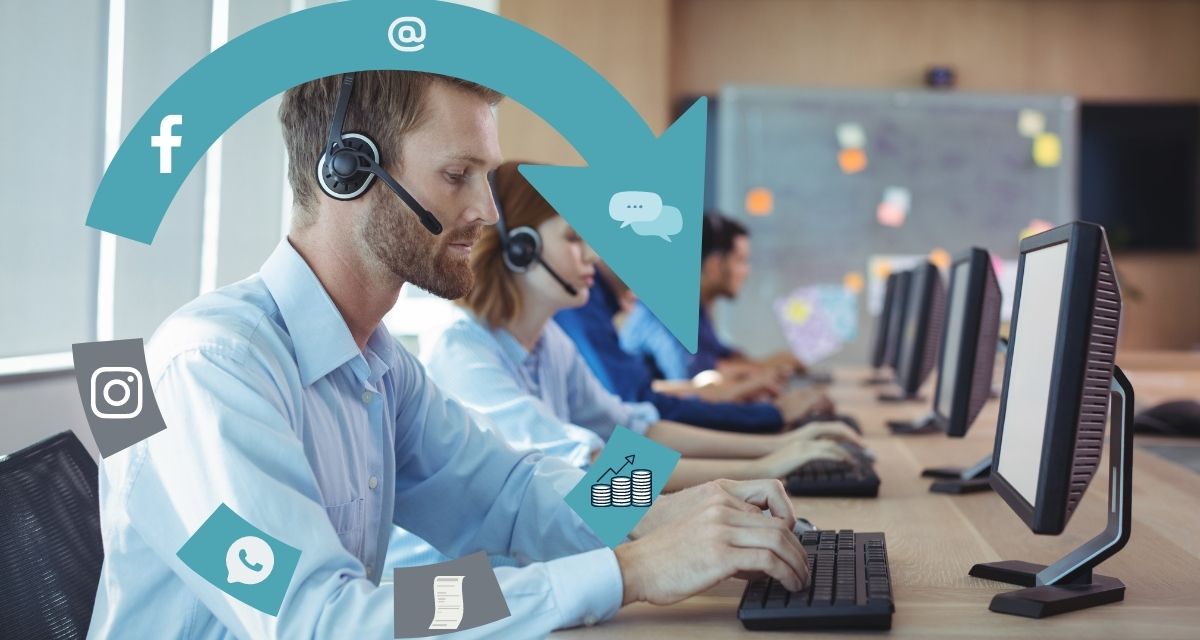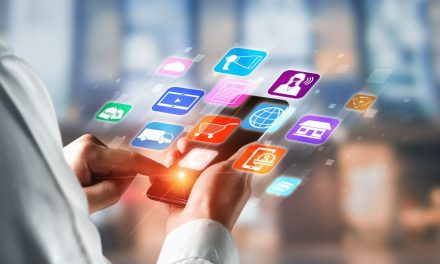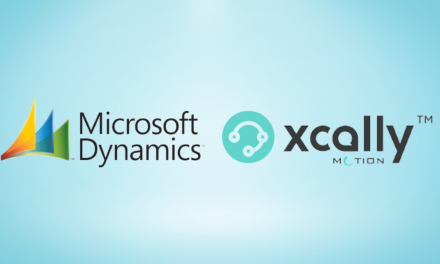How an Omnichannel Contact Center works
To explain how an omnichannel contact center works, let us offer you a typical example:
Let’s suppose you own a T-shirt shop and a consumer lands on your Facebook fan page, and it’s interested in a shirt. The visitor has a couple of questions regarding other references and engages with Customer Service using Facebook Messenger.
That interaction reaches an available representative through the Omnichannel Contact Center unified interface with a notification letting the representative know that a visitor (and possible buyer) requires immediate assistance. Because this shopper received pertinent information, the decision to purchase was easy to make, and the prospect became a client.
A few days later, this customer returns and contacts the brand again because it hasn’t received that shirt. In this case, the customer sends a message via WhatsApp inquiring about the previous transaction. Now, an available representative sees a notification indicating someone is requesting help.
The representative catches the full name of that buyer and lots of important contextualized data such as the date the shirt was bought, and notices the Tracking ID field is missing.
Before the interaction starts, this CSR knows who is interacting and anticipates that the topic of the conversation will be “I have not received my item”. Finally, the inquiry is resolved with personalization and without drama.
In sum, with an omnichannel contact center, all communications are customer-centric regardless of the channel (phone, webchat, WhatsApp, and other media channels) where the interaction occurred.
What is the experience of a customer representative in an Omnichannel contact center?
Using an Omnichannel platform for customer representatives or agents makes them more efficient and their lives easier.
From the representative perspective, conversations are smoother because of the offering a contextualized scenario. Once a conversation is started, the representative can see the Customer Journey showing up-to-date interactions on a per-channel basis.
This panoramic view helps customers not repeat themselves repeatedly when they interact through different channels.
For example, with an Omnichannel platform, a customer representative can appreciate the purchase history of a client. This makes the interaction with a returning buyer more convenient as it is possible to understand its pattern or even predict a new purchase.
A scenario like this helps an agent to do its job better, and at the same time, it increases customer satisfaction adding more preference for the brand.
Omnichannel platform integrates different organization applications helping the customer representative
Another essential aspect of the Omnichannel contact center is the ability to interconnect mission-critical applications of the business.
For example, an ecommerce organization may use Salesforce to manage inventories of existing merchandise and track any other useful information.
At a glance, one would think that it’s simple to launch the Salesforce CRM while on a call or on a live chat session.
However, when considering multiple calls or interactions during the course of a day, there is nothing like a little automation to help the agents out.
That is why agents love Omnichannel platforms because they integrate with 3rd party systems such as CRMs, ERPs or any business application.
Once the interaction is presented to the agent, there is no need to open a browser or type the URL of the application; it all happens automatically.
Better agent and customer care experience
In brief, a day at work is much better for a customer representative that has Omnichannel contact center tools.
No stressful situations emerge from the lack of proper information and visibility over a customer’s journey, allowing for smoother conversations.
On the other hand, customers get the impression of getting served by representatives that know more about them and their needs, and this, of course, raises the bar for a higher satisfaction in relation to a brand.
If you have a team that needs better tools for customer engagement, please do not hesitate to contact us at info@linkedip.com.





